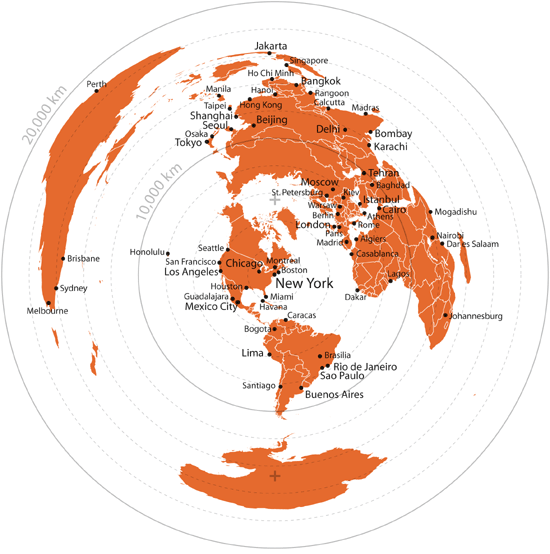Since I moved to New York City about six years ago, I've always felt I've walked more than I did in a small town Indiana college. Even growing up in the rural Pennsylvania, where I tread daily on a half mile walk to and from the school bus each morning, doesn't compare with my daily perambulation in the city.

And here is why: The sheer volume of businesses and services available in a city within walking distance dwarves the accessibility of the suburbs. The urban consumer is much more likely to walk to work or the grocery store, because it's so much closer to home. Suburban commuters are inclined to drive, because they need a vehicle to get most places they want to go.

I think anyone in an urban area understands this implicitly, but the team at the Sightline Institute has illustrated this by actually graphing the area in which a commuter can cover in a mile's walk. A mile simply takes a person further in the city, based on the geometry of urban planning, whereas a suburban stroll leaves you navigating neighborhood cul de sacs and side roads.
Both the density and proximity of desirable destinations make a city a more effective place to walk, and urban residents simply walk... more.








